
How a Panama Hat is Made
1. An Introduction To Fine Panama Hats
|
Authentic, classic Panama hats are not made in Panama. They are, and always have been, made in Ecuador. So why are they called Panama hats if they really come from Ecuador? Good question. The way-too-short answer is that the hats were purchased in Panama and the buyers didn’t know where they were made. (Hey, where’d ya get the hat? “Panama.”) For a more complete, and more interesting answer see: Why a Hat from Ecuador Is Called a Panama. |
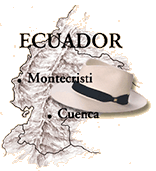
|
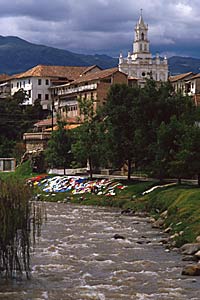
|
The main center for the Panama hat trade in Ecuador, and indeed the world, is the lovely colonial city of Cuenca (pronounced Kwain-ka) in the Andes Mountains. The largest manufacturers and exporters of hats have their offices and factories here. The weavers and dealers in and around Cuenca produce thousands of hats each day. The great majority of hats you see labeled “Genuine Panama Hat” are from Cuenca. In Cuenca, it’s about serious quantity more than serious quality. But they are genuine hand-woven Panama hats, and they are great hats. Better hats than those from asia. Not cheaper, better. |
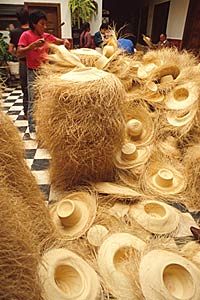
|
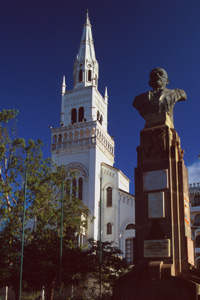
|
By contrast, there are only a few small hat dealers in Montecristi. They are family businesses. They do not have factories full of employees. They usually work in their homes. They do not sell hats by the thousands. You would be fortunate to find more than several dozen hats at one time in one place in Montecristi. (Unless you were with me and they knew we were coming.) The finer the grade, the fewer the hats. |
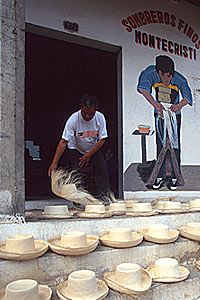
|
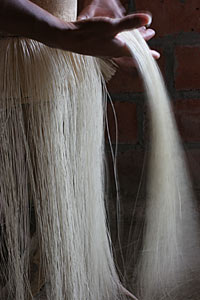
|
I buy the entire production of the best weaver alive. He weaves only 2 hats each year. They feel like linen and weigh less than your shadow. They cost as much as a small car. Want one? The line starts here: BBB@BrentBlack.com In Montecristi, the hats are…well, here’s how Tom Miller put it: “Just as the magic name ‘Havana’ signifies the best in cigars, ‘Montecristi’ translates to the highest standard in the Panama hat trade. Hats there take longer to weave, cost more to buy, are harder to find.” Tom Miller—Travel & Leisure |
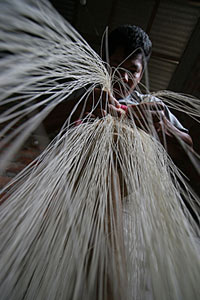
|
|
For more than 35 years I have followed an irresistable passion to see and touch and learn everything possible about these incredible hats. I have hoped to resuscitate an endangered art by bringing the art, and the artists, to market. For the art to survive, it must survive in the marketplace. Not just the retail marketplace. But also the labor marketplace. If weavers can earn more money by doing a less demanding factory job, or by moving away, then there will be no more weavers. I pay the weavers more so there will be more weavers. Come along and I’ll show you what’s so special about these hats. First, we’ll hike into an Ecuadorian rain forest with the world’s best weaver to cut the cogollos to make the straw he will use to weave a hat. Yes, I’m the mud-covered, mosquito-bitten photographer in the background in the photo to the right. Photo © Roff Smith. All other photos and text B. Brent Black © 2005-2007. |

|
|
2. Stalking the Panama Hat Plant go to
Text and photos © 1988-2025, B. Brent Black. All rights reserved.
100% Secure Shopping



















































